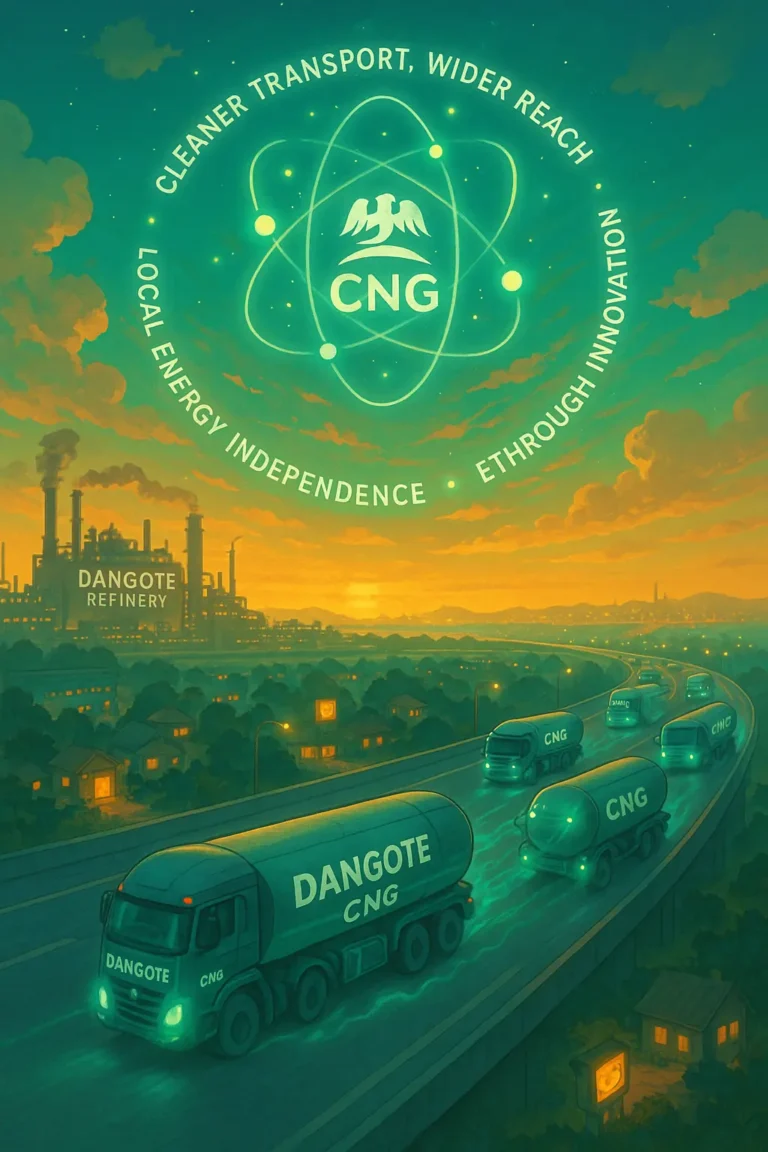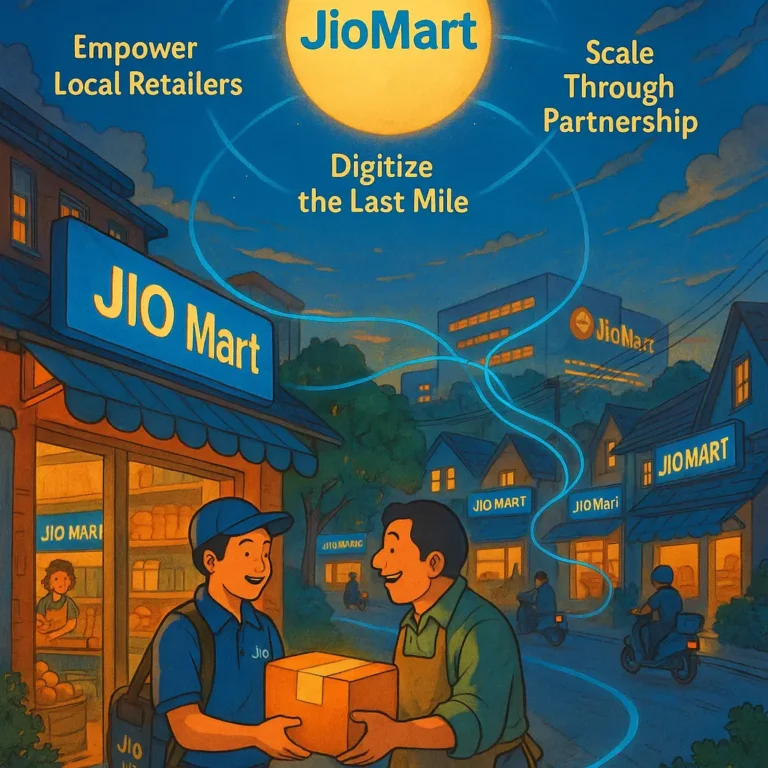
Last mile delivery optimization is the new “it” for African supply chains. It used to be that speedy fulfilment and deliveries were nice to have. However, those have become necessary, with more African customers embracing e-commerce.
“In the vast expanse of Africa, the last mile isn’t just a distance; it’s a connection that bridges aspirations with reality.”
Introduction
Every product journey starts from sourcing raw materials to production, storage, a series of distributions, and finally, on the consumer’s doorstep.
Last mile delivery is all about the tail end of this process but in many ways, it is the most important part of it. What’s the point of going through the entire process if it cannot reach the consumer?
This makes optimizing the last-mile delivery necessary for e-commerce, logistics businesses, and supply chains across the continent. This article evaluates how to optimize last-mile deliveries for success across Africa.
Elements or Components of the Last Mile Delivery
Every last mile delivery operation must entail the following elements to be successful.
- Product
- Pick off point/terminal
- Drop-off point/ final destination
- Last mile logistics
Product: This is the item desired or in demand by the consumer. It could be anything from food to clothes or groceries.
Pick up/terminal: pick up points or terminals are usually warehouses or distribution centres that house the product before it is taken to the consumer. It is the last storage point before the product is taken directly to the consumer.
Drop-off point/final destination: Typically, the location of the consumer. It is the final point in the supply chain process and where the exchange happens between the business and the consumer.
Last mile logistics: The process between the pick-up and drop-off. It entails everything from the transportation of the product to the infrastructures and personnel used to transport the product. It is where route optimization plays a major role. Your last-mile logistics can make or break your entire last mile delivery operation.
Benefits of last mile delivery optimization in Africa
There are several benefits to optimizing last mile delivery in Africa
1. Reduced Cost
An optimized last mile delivery operation will be cheaper for everyone involved, from infrastructure maintenance to energy consumption and consumer satisfaction. It reduces time and resources, thereby increasing the likelihood of profitability for the business.
2. Customer Satisfaction
The customer is more than just the most important person in the last mile delivery operation. He is the reason for the process in the first place, which makes satisfying the consumer a very important aspect of the operation.
Satisfying the customers guarantees more businesses and more revenue.
3. Speed & Efficiency
Every business wants to enjoy speed and efficiency. They are also important criteria for customer satisfaction, especially with the competitive nature of the modern-day supply chain. With optimization, you can use fewer resources and guarantee your customers a shorter lead time or order o delivery time.
Last Mile Delivery Optimization in Africa- A step by step Guide
Optimizing last mile delivery operations can be daunting; however, with the right guide, it can be a walk in the park. This section of the article reviews some steps to simplify the process.
1. Collect and Analyze Data
Before optimizing any process, including the last mile operation, collecting and analyzing data is important to find out what is wrong and areas you can improve.
To collect data, you can start by closely observing the process, taking customer surveys, or engaging the personnel involved in the last mile delivery operations.
When you are done collecting data, the next thing is to analyze it and find areas to improve. Customers often complain about the order delivery time or lead time. The personnel will typically complain about the process and how it can be improved to make them work better.
Both parties are always valid if you are serious about optimizing the entire process.
2. Create a Strategy
You have collected and analyzed data. This means you know the problem and have an idea of what you want to achieve in terms of a solution.
For example, suppose the problem is that the infrastructure, such as transportation vehicles, is always faulty. In that case, you either need a new vehicle, or you need to carry out the appropriate maintenance on the current vehicle. Either way, the goal is to get the vehicle working seamlessly, but the strategy might differ.
When creating a strategy, there are a few things to consider for effective delivery.
- Available resources
- The place of technology in solving that problem
- How each strategy helps you achieve your goal
Available resources
You cannot make an effective strategy if it falls beyond your available resources or ability to get those resources. Resources such as funding, infrastructure, and personnel are all essential. The availability of resources makes for a great strategy. They give you an inclining of how effective your strategy will be.
The Place of Technology
Technology has described much of the modern world. It plays a major role in everything, especially business. The degree of your competitive edge comes from the degree to which you let technology play a role.
For last mile deliveries, the same is true. Technology facilitates the order and delivery process of last mile operations, making it invaluable to any last mile business.
Technology plays a significant role when creating a strategy, whether it is to enhance route optimization or real-time tracking of the delivery process. It also helps your business edge out the competition.
Always consider the place of technology and how it can help you achieve your ultimate goals.
How each strategy helps you achieve your goals
A strategy aims to get you to your goal or final destination. It is also relevant in your last mile delivery optimization. Therefore, you must examine any strategy to determine if it is a viable option to get you to your goal.
Earlier, we gave the example of choosing between repairing your vehicle or buying a new one to help your logistics or last-mile delivery personnel become more efficient. Both strategies work, but a vehicle is not built to last forever. So does a repair help you in this case, or would it be more beneficial to buy new vehicles?
The same example could be represented in many other scenarios. Sometimes you may have an ineffective staff. Does it pay to train the staff, or would it be better to replace said staff?
Always analyze every strategy to ensure it is feasible and viable enough to achieve your desired goal.
3. Execution
This stage is all about implementing your well-thought-out or developed strategy. At this stage of the optimization campaign, you are trying to integrate new rules, policies, or technology into the last-mile process.
Execution can be tricky. It is one thing to collect and analyze data, find problems and solution, but executing it? Very tricky. This is because if it goes wrong, it can disrupt the entire last mile delivery process.
A few things to ensure during the execution phase.
- During the execution process, ensure the current last-mile process is kept running and functional until the new processes can take over. You may run both simultaneously.
- Customers are the most important factor, so they must be comfortable with the process. To ensure this, try not to overwhelm them but gradually implement the new process.
- Make sure the execution process does not overwhelm your team as well.
The Role of Route Optimization in the Last mile delivery process in Africa
A big part of last mile delivery is transporting goods and services from the company to the customer. This is where route optimization plays a significant role.
Africa is a continent riddled with the high cost of transportation and poor infrastructure, so route optimization is critical. More importantly, it guarantees shorter lead time and cost reduction, which are two factors businesses care about.
With shorter lead times, businesses can improve customer satisfaction, ensuring they stay competitive. With reduced costs, businesses can increase profitability and re-invest into the business.
The Role of Warehouse Optimization in the Last mile delivery process in Africa
An optimized warehouse plays a significant role in the last mile delivery process. Think of it this way. If it takes so long to process a customer’s order, then the lead time is compromised no matter how fast the transportation is.
That is why you should pay attention to your order processing and warehouse optimization when solving for lead times.
It pays to consider technology to optimize your warehouse or order processing facility. A very good case study of this is Amazon’s investment in robotics which improved their order processing by a whopping 50%. Saving money and time.
FAQs on Last Mile Delivery Optimization in Africa
Q1: What initiatives may be implemented to improve last-mile delivery in Africa?
Strategies include building local delivery hubs, deploying bike or motorbike messengers in congested areas, implementing smart lockers, and collaborating with local businesses to provide collection places.
Q2: How does the expansion of e-commerce affect last-mile delivery optimization?
The development of e-commerce raises delivery demands. Companies must adapt to changing consumer expectations, provide various delivery options, and assure prompt order fulfilment to optimize.
Q3. Is sustainable delivery taken into account in last mile optimization?
Yes, environmentally responsible methods such as deploying electric vehicles, optimizing delivery routes to cut emissions, and eliminating packaging waste are crucial.
Q4: What role does customer experience play in optimizing last-mile delivery?
Customer satisfaction is of the utmost importance. Timely and precise deliveries, transparent tracking, and clear communication enhance a positive experience.
Conclusion
Last mile delivery optimization in Africa holds a lot of benefits for the businesses involved. Businesses can compete better by optimizing their last-mile process for shorter lead times and putting their customers at the forefront.
When optimizing for the last mile process, you should always have a goal in mind because it will help you achieve your goals faster and better.

Obinabo Tochukwu Tabansi is a supply chain digital writer (Content writer & Ghostwriter) helping professionals and business owners across Africa learn from real-world supply chain wins and setbacks and apply proven strategies to their own operations. He also crafts social content for logistics and supply chain companies, turning their solutions and insights into engaging posts that drive visibility and trust.







